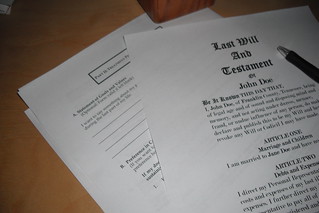If you are interested in creating a managed multi-member LLC, one of the most popular questions for individuals in this position is whether non-manager members are held to the same standards (or have the same liability) with regards to fiduciary duties like care and loyalty. The answer is “it depends”.

(Photo Credit: serpent.com)
In the non-manager members are involved in some significant aspect of the business, the operating agreement should generally include an expression of such duties for these individuals. Looking at the landscape of typical non-manager member involvement in the business of these LLCs, significant duties are typically rare with smaller businesses that are closely held.
There are some cases where the operating agreement might not address this question specifically. In this scenario, the LLC act governs and can provide some important insight. A lot of these acts, however, are quiet when it comes to this particular question. Some agreements, however, do have specific information about these duties included. An example is the Delaware Limited Liability Company Act, which actually negatives any duties for the non-manager members unless an express clause in the LLC agreement states anything to the contrary.
LLC formation and agreement construction can be aided significantly with the watchful eye of an attorney. Call us at 732-521-9455 or send us an email to info@lawesq.net to discuss your needs.













